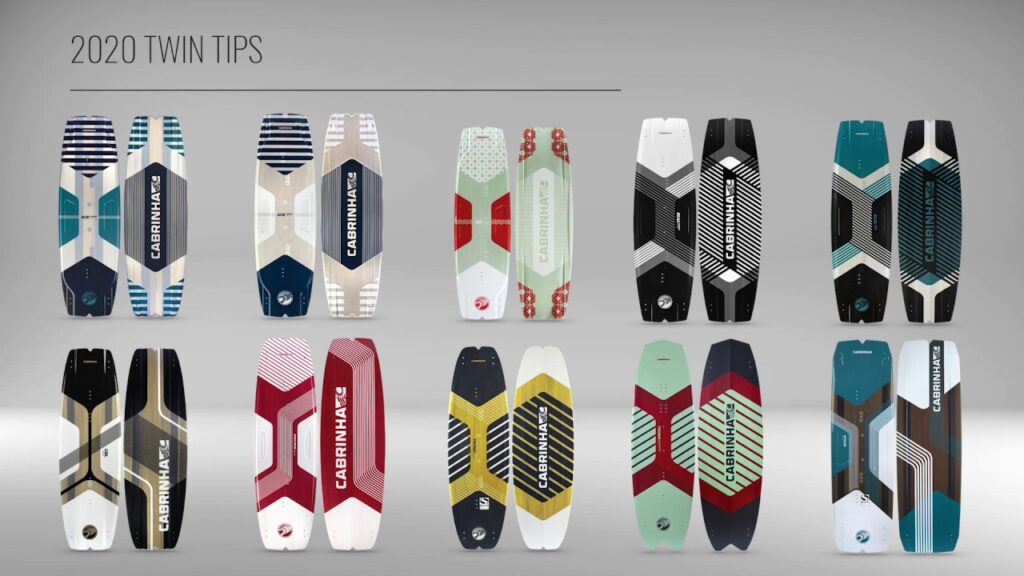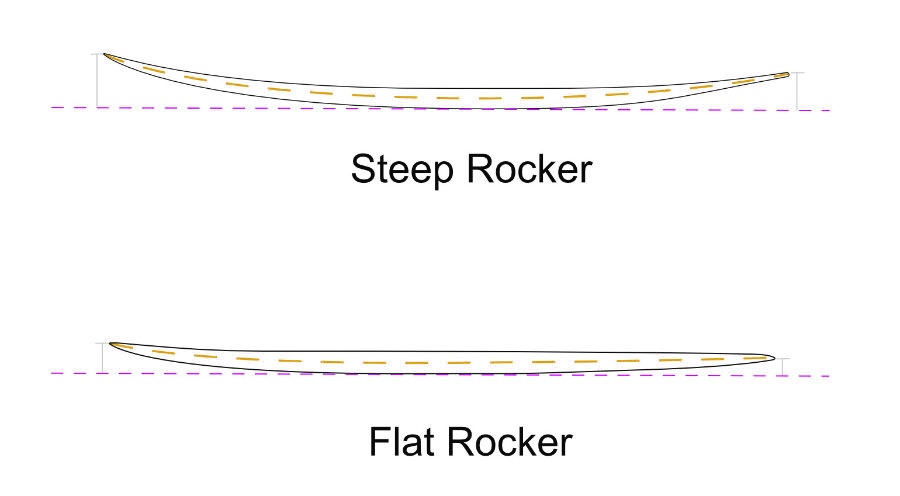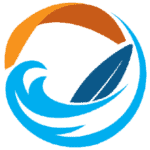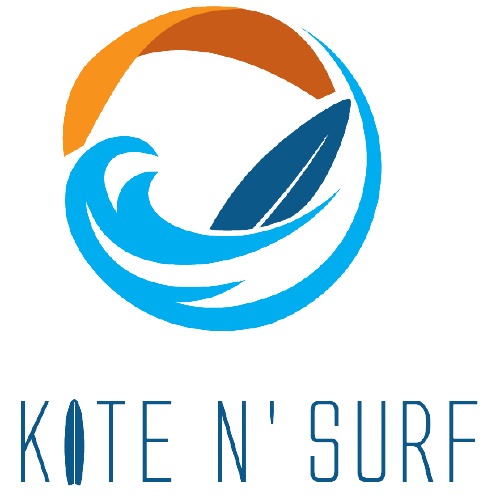Twin Tip Kiteboards: How different shapes and sizes affect the performance
What connects the kite surfer to the water?
It’s the kiteboard, of course!
In Dubai, there are a lot of scenic spots along the beach. And, one way of enjoying the scenery while having fun in the waters is to kitesurf!
Now, one of the key components of kitesurfing is to have a good kiteboard to begin with. Having the right board will help you develop your kitesurfing skills much faster.
There are different models of kiteboards. If you are new to kitesurfing, it can be quite difficult to tell the difference between each board that you see in the marketplace.
Today, we’re going to talk specifically about the twin tip kiteboards or bi-directional boards.

You’re going to learn how a kiteboard performs with different sizes and styles. You will also understand how the different features affect the performance of the board and hopefully the information that you’ll learn from this article will help you decide which board to choose.
Twin tip kiteboards are similar to wakeboards in terms of design. To make these boards, manufacturers usually use composite materials that are sandwiched around a wood core. Both sides of a twin tip kiteboard have the same shape and with this design, you can easily change directions. It’s a perfect choice for beginners.
MAIN TWIN TIP BOARD TYPES
Freestyle Board
If you are a rider who want to really push your skills to the limit, whether you do your tricks while hooked or unhooked, then this type of board is a good choice. This board is a bit stiffer compared to its siblings to allow a quick and explosive pop while still maintaining an extra speed on the water. It features a straighter outline and has medium to high rocker so it can move upwind through the waters.
Freeride Board
The freeride board is extremely versatile. It can easily perform well in any condition. The tips of freeride boards are slightly curved and do not carry much width to allow you to maneuver better in the waves. It is also designed to have a rounder outline for a nice and smooth carving ability. This board is a favorite amongst kite surfers who loved to surf on the waves.
Wakestyle Board
The wakestyle boards are designed to have a stronger foot strap insert to allow the rider to use boots on the board. These boards are usually used to perform fast powered and unhooked tricks. They can deliver a nice and progressive pop on the water due to its large rocker.
Here are the things to consider when choosing the right board:
SIZE
The size is very important as it affects the performance of the board. A larger board has more surface area, which is a good choice for beginners since a bigger board means a rider can maintain balance on the water. It can also stay upwind even if you experience light winds.
Apparently, a bigger board also has its own disadvantages. A larger size means there’s a greater resistance when you’re cruising on the water. An increase in wind speed will make the large board difficult to hold an edge.
How about the smaller board? The smaller board can help you hold an edge and maintain power. If you want more speed on the water, a small board should be a perfect choice. However, this board has difficulty in staying upwind when you experience a lighter wind.
DESIGN AND CONSTRUCTION
Before you buy a kiteboard, first you have to understand some of the key features on how the board is designed. Ultimately, the construction of the board greatly affects its performance on the water. Take a look at the details below:
CONCAVE
This board is described as concave because of its curve shape at the base. The main purpose of the concave bottom is to direct the water to a particular direction. This will allow a better upwind ability of the board and to increase the speed as well.
Almost every board that you see in the marketplace have a concave bottom. Let’s take a look at the different types of a concave board:
Single Concave
Most entry entry-level boards are designed with a single concave bottom. The single concave has a lot of advantages compared to other boards. It has more grip and better upwind ability. It allows you to have the extra control, better edging and a very good directional stability.
Double Concave
If you choose a higher end or wake style boards, you will most likely see a double concave design. The design creates a little sharpness at the center of the board which guides the water through the tips for extra speed and better control. The double concave also allows you to soften the impact during hard landings as it easily breaks the water.
ROCKER
The ends of the board rocker are higher than the middle. It actually resembles the banana shape. Basically, the curve at the bottom provides many advantages. It helps you hold an edge better and pops higher compared to other boards. It also allows you to have a smoother glide over the chop waters while having a smooth landing after a jump. The nose will less likely to trip because the board tip is lifted up.
A rocker line may vary depending on the style of the board. Here are the different types of rockers:
Flat Rocker
A board with a flat rocker can have more contact with the water, which means you’ll have a smooth glide with a maximum amount of power even if there’s not enough wind. It’s easier to hold an edge and go upwind with a flat rocker. However, there are some disadvantages that you need to consider when using this type of board. It can’t handle a chop water very well and there’s a tendency that the tip would get buried underwater especially if you are just starting to learn. This design is commonly used on lighter wind boards.

Medium Rocker
The design of this board is slightly curved at the baseline. It can be considered to versatile as it’s good at different kinds of maneuver. A medium rocker is a very common type of board in the market.
High Rocker
A high rocker line is very common on wakestyle boards. It is very ideal for fast landing tricks or high winds. Apparently, this type of board has a smaller turning radius so it’s not ideal for everyone. Although having a high rocker line can make the board maneuverable under the foot, it won’t perform well at a minimum wind speed.
OUTLINE
The outline refers to the overall figure of the board as viewed from the base. This design allows your rail to have a good contact with the water. Let’s have a closer look at how a straight outline and curved outline differ from each other:
Curved outline
You’ll notice that a curved outline board has a big difference in width measurement between its center and the tip. With this shape, you’ll get a more responsive board and easier control in high winds.
Straight outline
A straight outline’s width from the tip to the center only differs by a few centimeters. This shape allows you to have a better pop off the water and more resistance to the water surface. This results in a better upwind performance.
CHANNELS
Channels are usually located at the underside and tip of the board. Most of the wake style boards that you see are channeled. This will give the rider an extra grip while breaking the water for a cushioned landings after a jump. With channels on the board, you can actually surf without fins.
FLEX
Flex is about the stiffness of the board. You can determine the flexibility of the board in 3 categories – soft, medium, and hard.
Let’s dive into details…
Soft kite boards perform better on choppy waters but can be a bit slower. The medium flex is usually used on freestyle and advanced freeride boards. It allows you to have a better control and pop in different conditions. The hard boards are ideal for speed and provide a good amount of pop. However, the hardboard doesn’t perform well on choppy waters.
TIPS
There are two types of tip design – The square and rounded. The square tip is usually used on freestyle and wakestyle boards. It allows you to have a good amount of pop on the waters. Apparently, this design produces a lot of sprays although some manufacturers found a workaround by rounding off the corner of the tip. On the other hand, the rounded tip has less pop compared to a square tip. Its main advantage is that it performs better for carving turns. This is the reason why it is widely used on freeride kiteboards.
WIDTH
The width greatly affects the performance and speed of the board. This is something that you have to consider before you buy your kiteboard. Depending on your activity, you have to choose between a narrow board and a wide board.
If you are after speed and agility, the narrow board is a perfect fit for you. It allows you to travel faster through the waters. That’s why this is usually the choice of racers in kite speed racing events.
The wide board is ideal for light wind. It allows you to have a faster start compared to a narrow board. The wide body is more stable in the water so it’s a good choice for beginners.
FINAL THOUGHTS
Choosing the right kite surf board all boils down to your level and preference as a kite surfer or for sure based on the recommendation of your instructor as he know your level better. Would you like to choose speed? Do you want to play a few tricks or some big air? All these things have to be considered before you buy a kiteboard in Dubai.
If you need advice in choosing the right board that can fit your style and you are not sure what board to get, you can visit our kite surf shop in Dubai and we will make sure that you have a trial on many all the different type of kite boards. And, if you are not a kite surfer yet and would like to start with kite surf lessons in Dubai, why not start taking kitesurfing lesson from our certified kitesurfing school?

